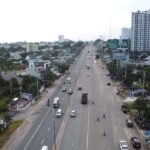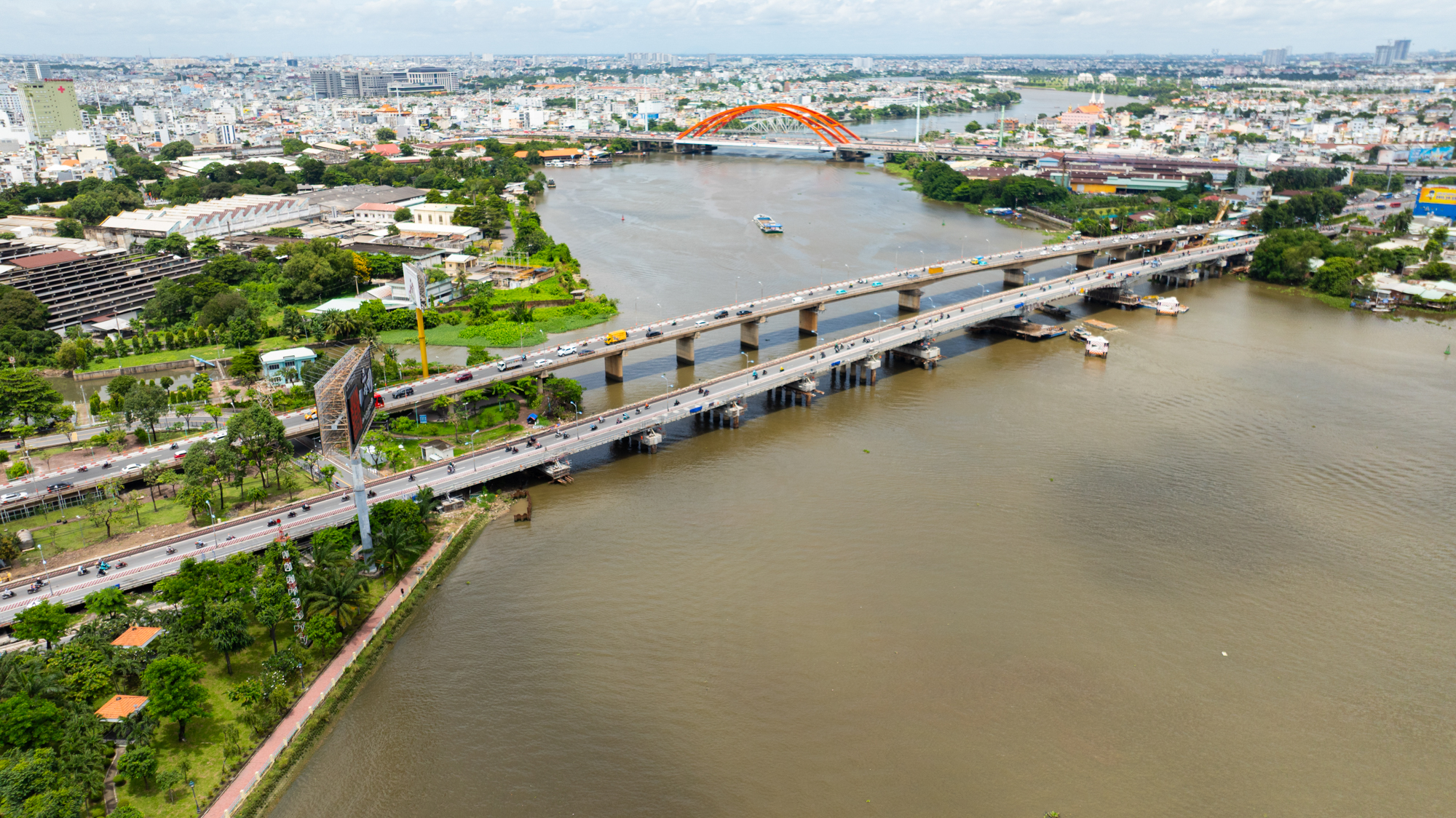
Binh Trieu 1 Bridge stands as a vital gateway in the eastern part of Ho Chi Minh City (HCMC). Constructed before 1975, the bridge underwent expansion in 2010, widening to three lanes to accommodate increasing road traffic. However, with its clearance of only 5.5 meters above water level, it poses challenges for maritime navigation, especially as larger vessels frequent the port.
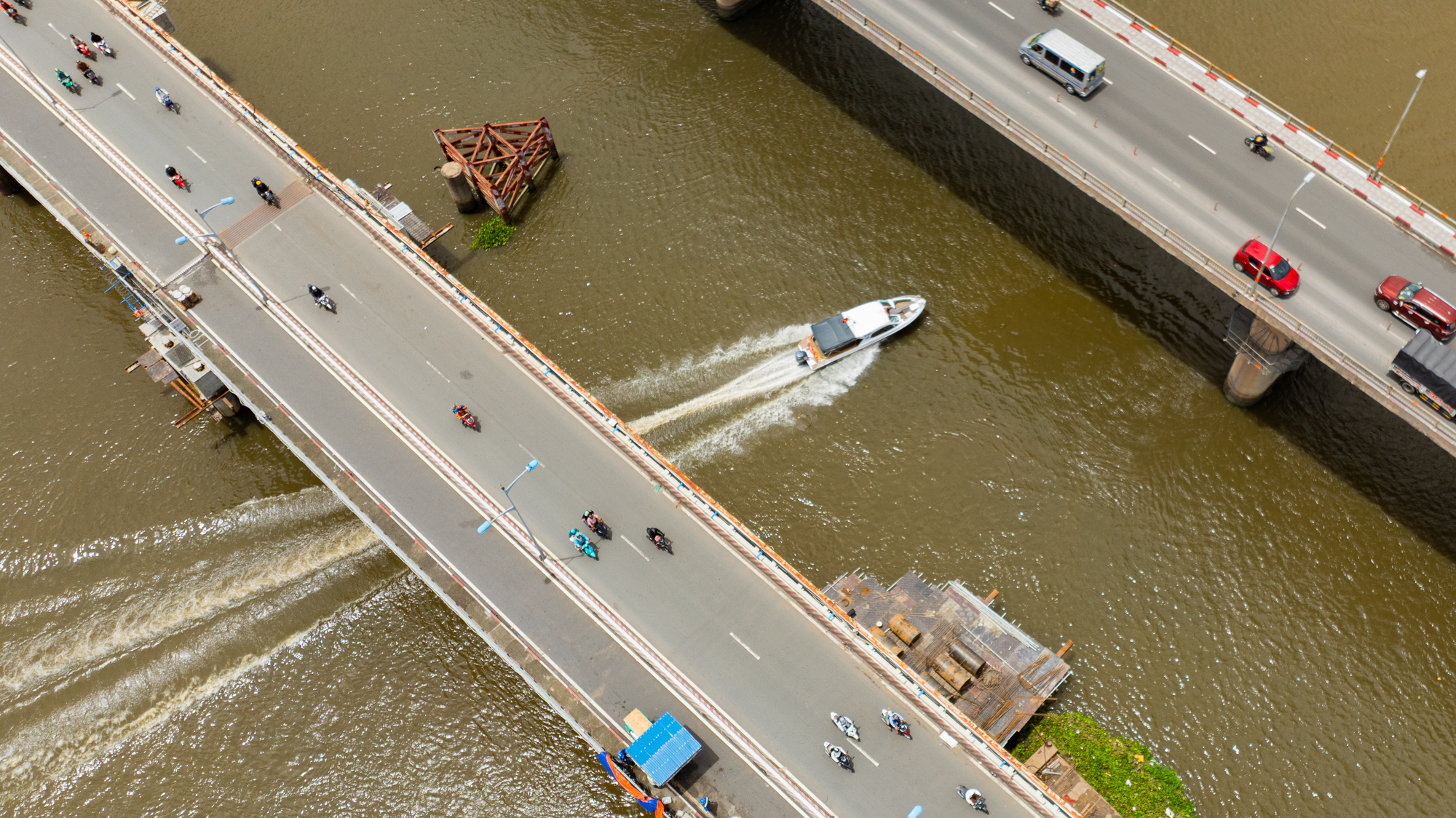
Faced with the dilemma of either demolishing and rebuilding or elevating the bridge, HCMC opted for the latter. This decision was driven by its cost-effectiveness (totaling 133 billion VND) and the ability to maintain both road and water traffic flow during the process.
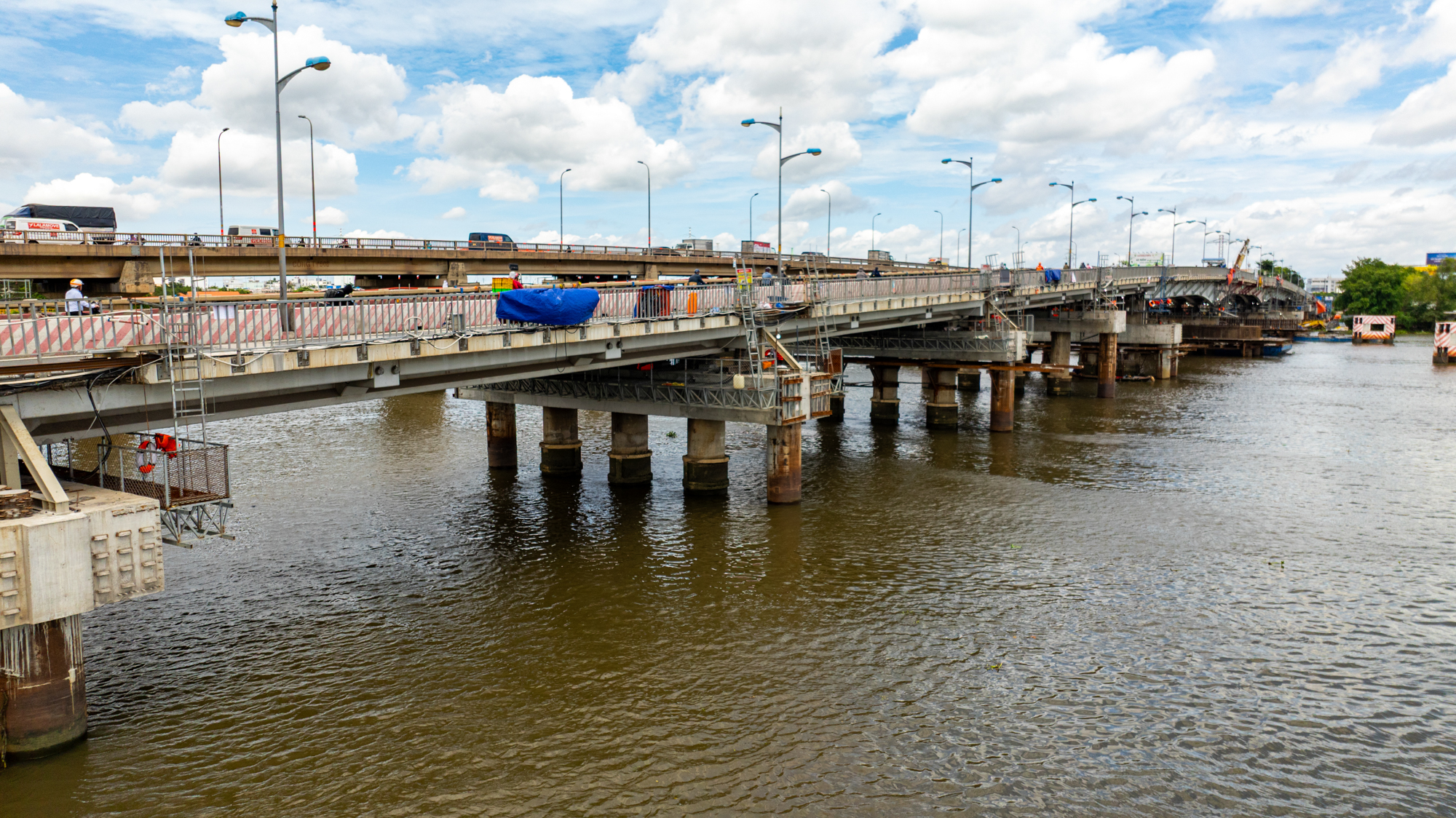
Elevating the 555-meter-long, 11,000-ton bridge was no small feat. Vietnamese engineers employed 106 hydraulic jacks beneath the bridge’s spans, including 76 with a 400-ton capacity and 30 with a 500-ton capacity.
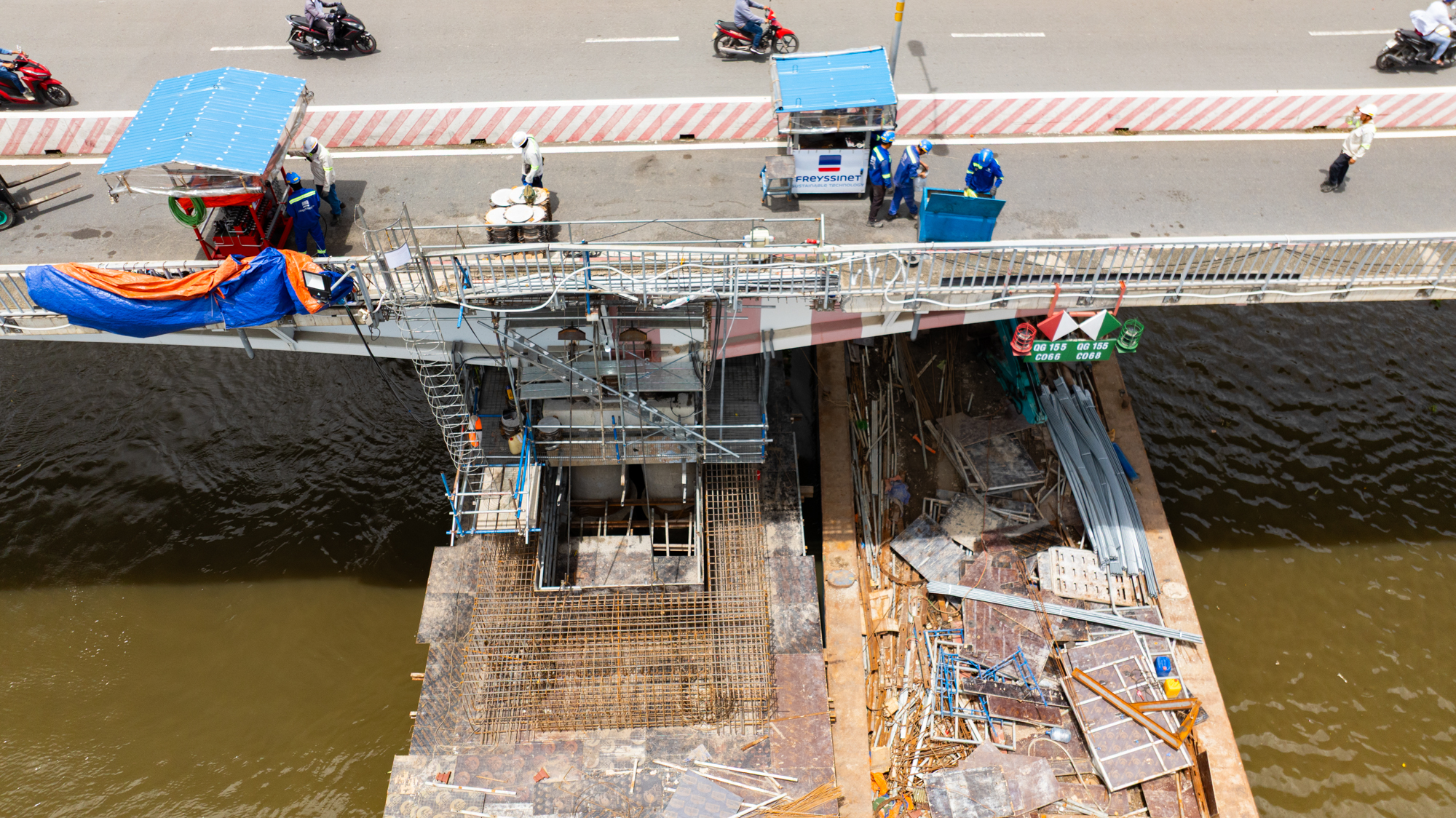
This method mirrors the technique used by “house-lifting experts” to elevate entire structures. However, the synchronized hydraulic system ensures a precision of less than 1 mm, preventing any external forces that could damage the bridge—a first for large-scale projects in Vietnam.
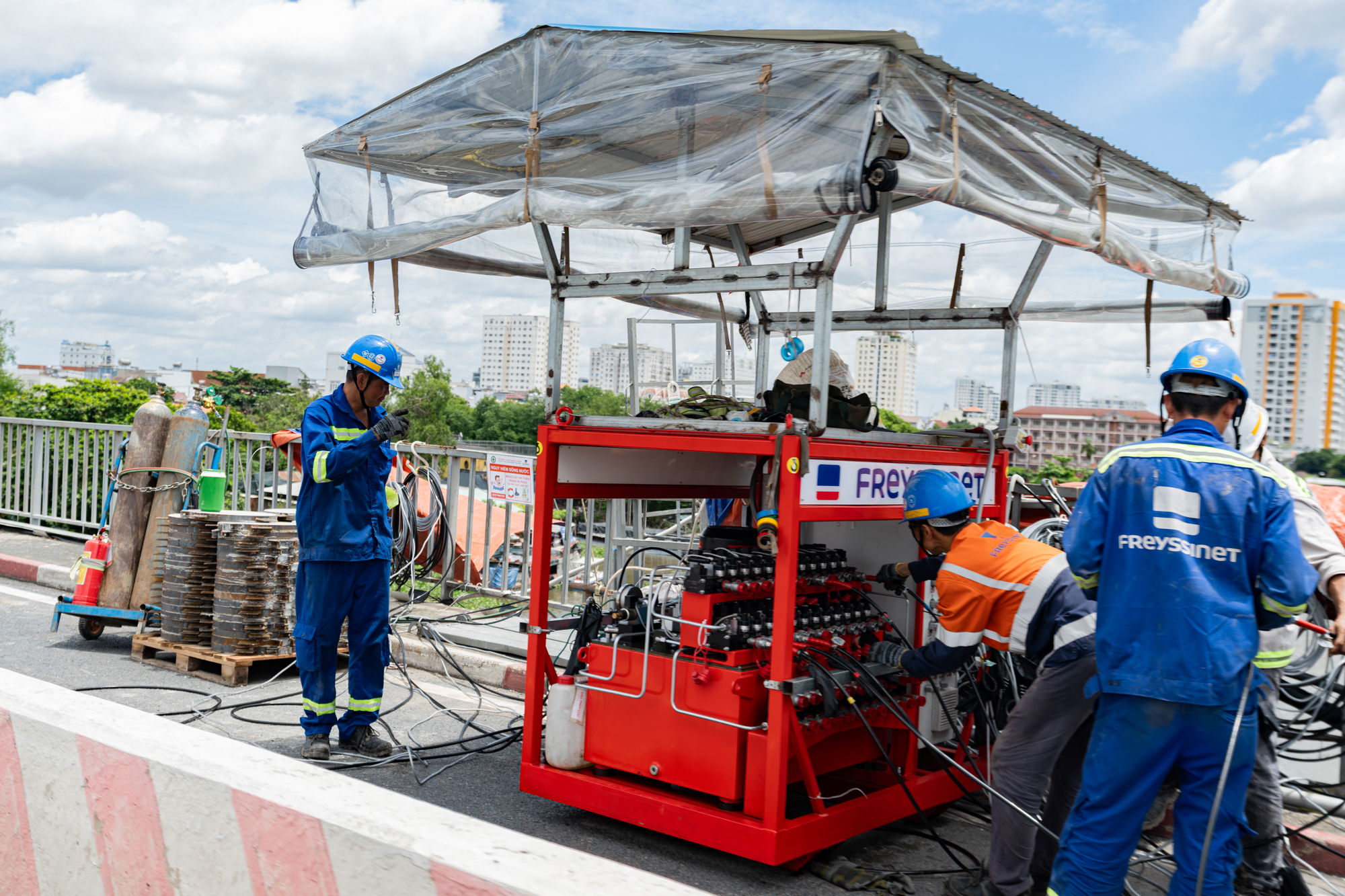
The bridge rises 4-8 cm daily. Once it reaches 1.08 meters, new bearings will be installed, gaps reinforced, and jacks released to transfer the load to the new supports. Currently, the bridge has been elevated by approximately 80 cm.
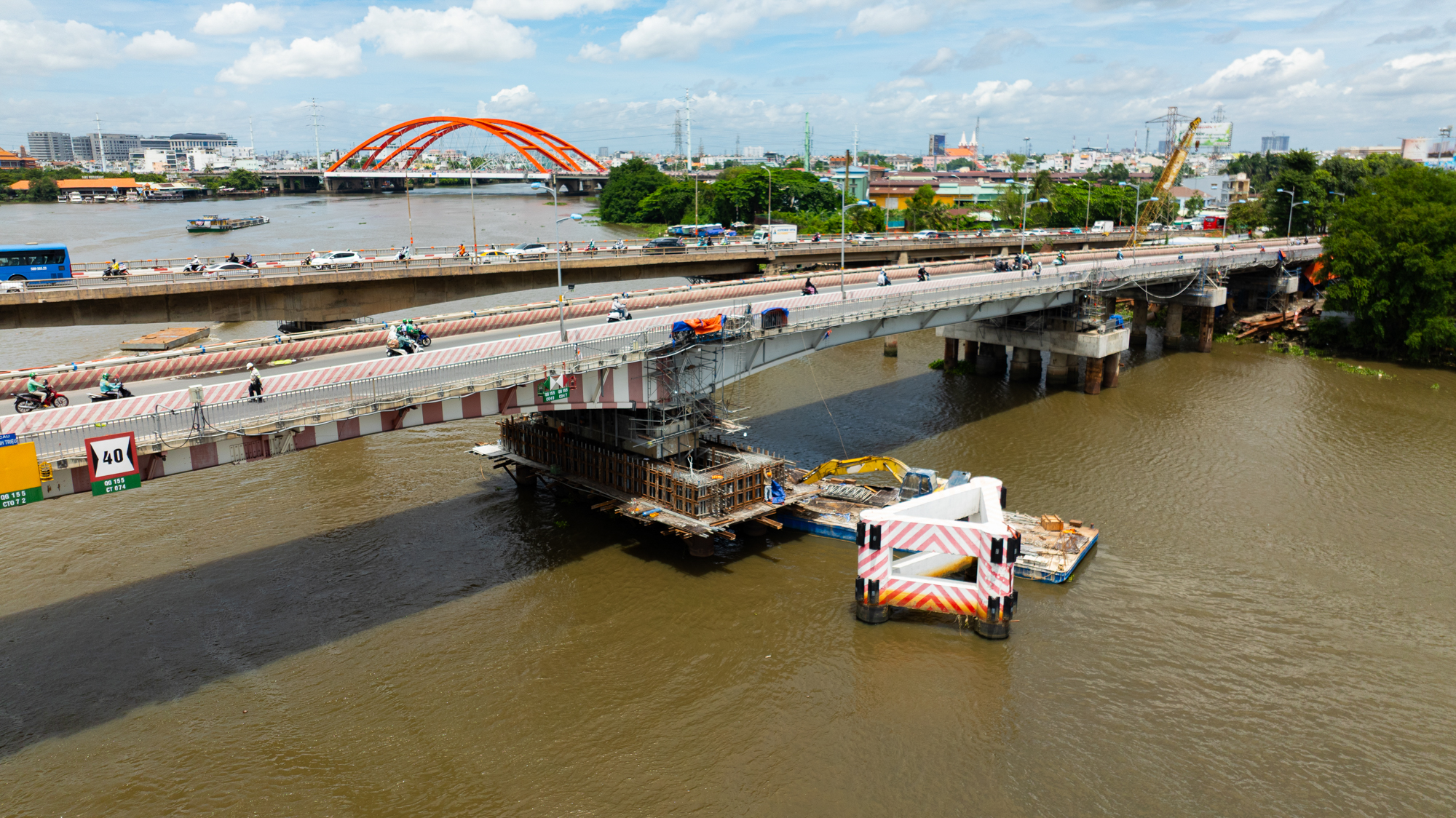
To meet deadlines, 100 engineers and workers labor daily from 7 a.m. to 7 p.m. Since August 26, motorcycles continue to use Binh Trieu 1, while cars are rerouted to Binh Trieu 2 for safety.
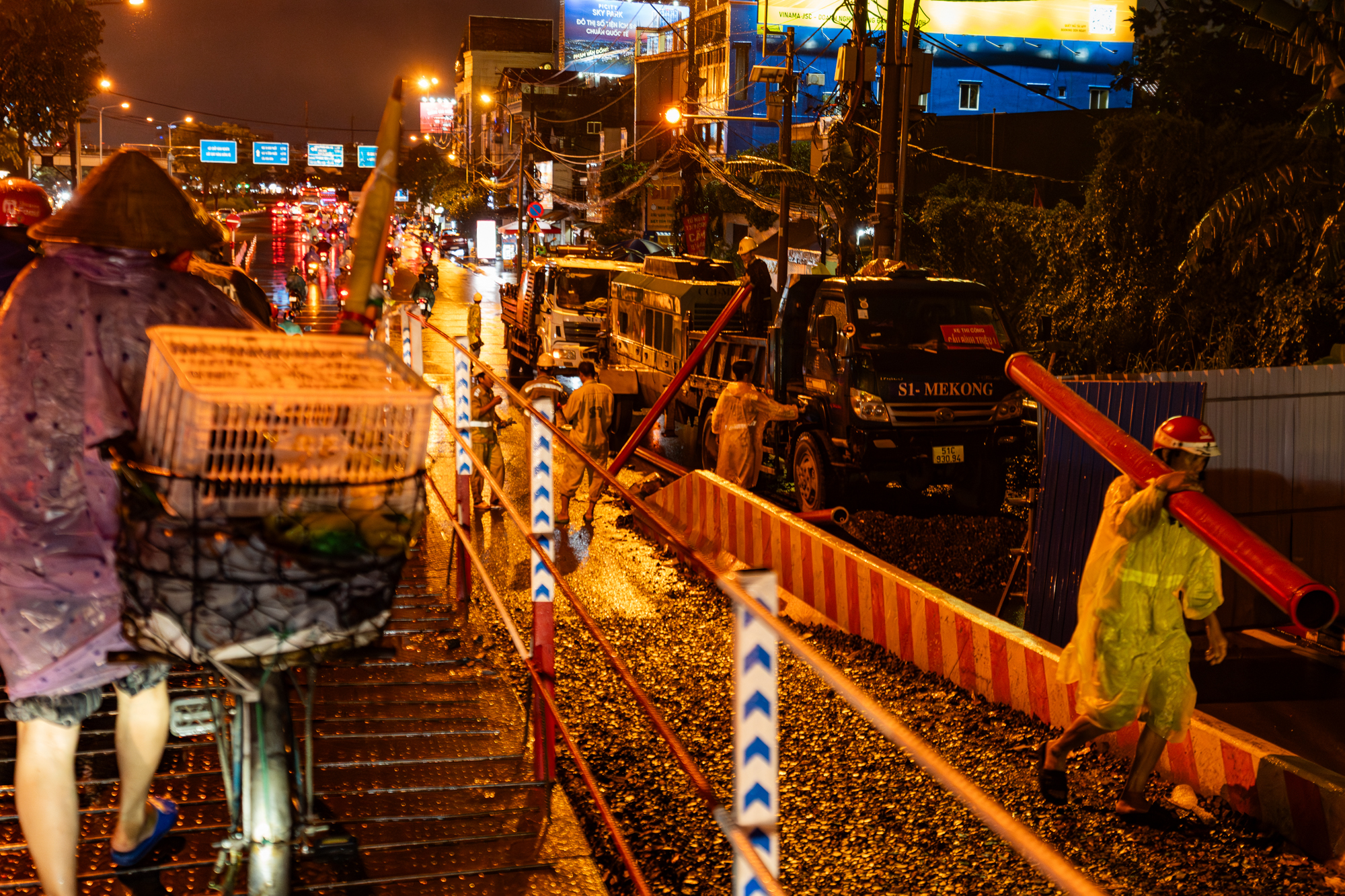
Beyond Binh Trieu 1, HCMC plans to elevate Binh Phuoc 1 Bridge (linking Thu Duc and former District 12) by 1.25 meters. Of the 14 bridges on the Saigon River, only these two currently lack sufficient clearance for vessels, making their elevation crucial for integrated waterway and road traffic management.
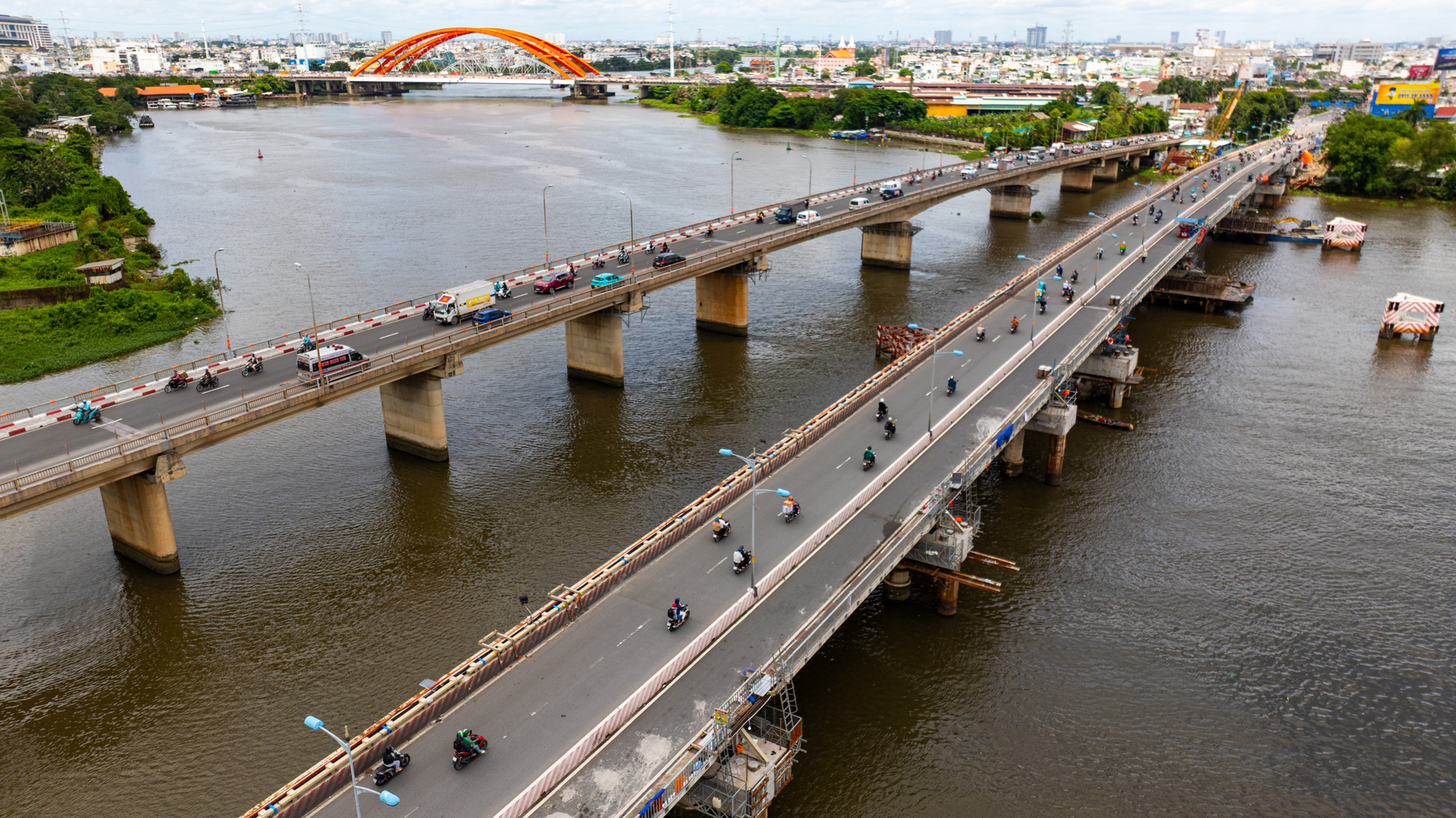
Concurrent with the bridge projects, the expansion of National Highway 13 (from Hang Xanh Intersection to Binh Phuoc Intersection) is underway. Once completed, these initiatives will significantly enhance north-south connectivity in HCMC, reducing travel times.
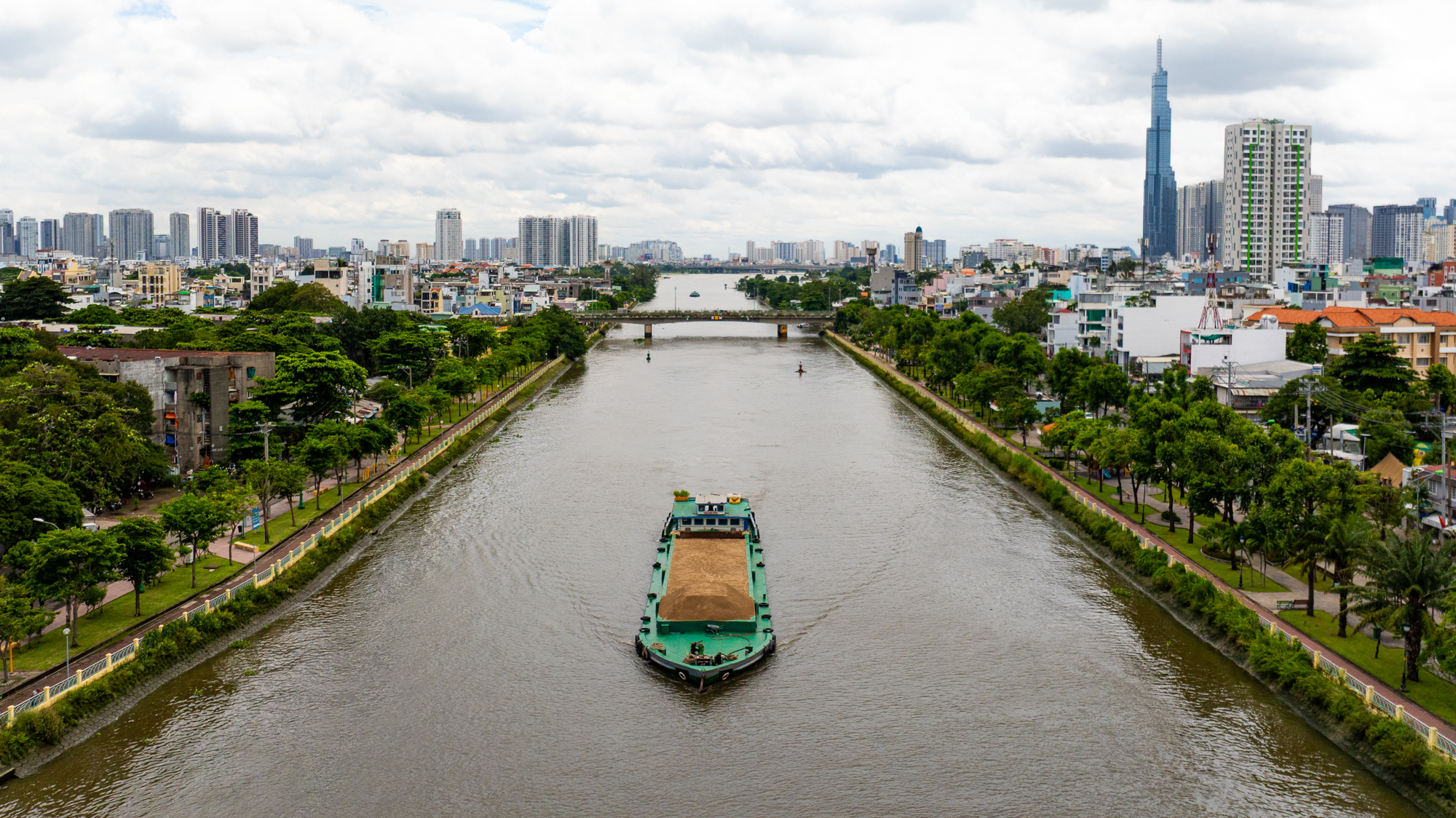
Infrastructure investments are poised to catalyze development in HCMC’s northeastern region. Improved accessibility will directly benefit real estate projects along National Highway 13, such as Van Phuc City, Urban Green, The Morning Star, and Sunview Town.
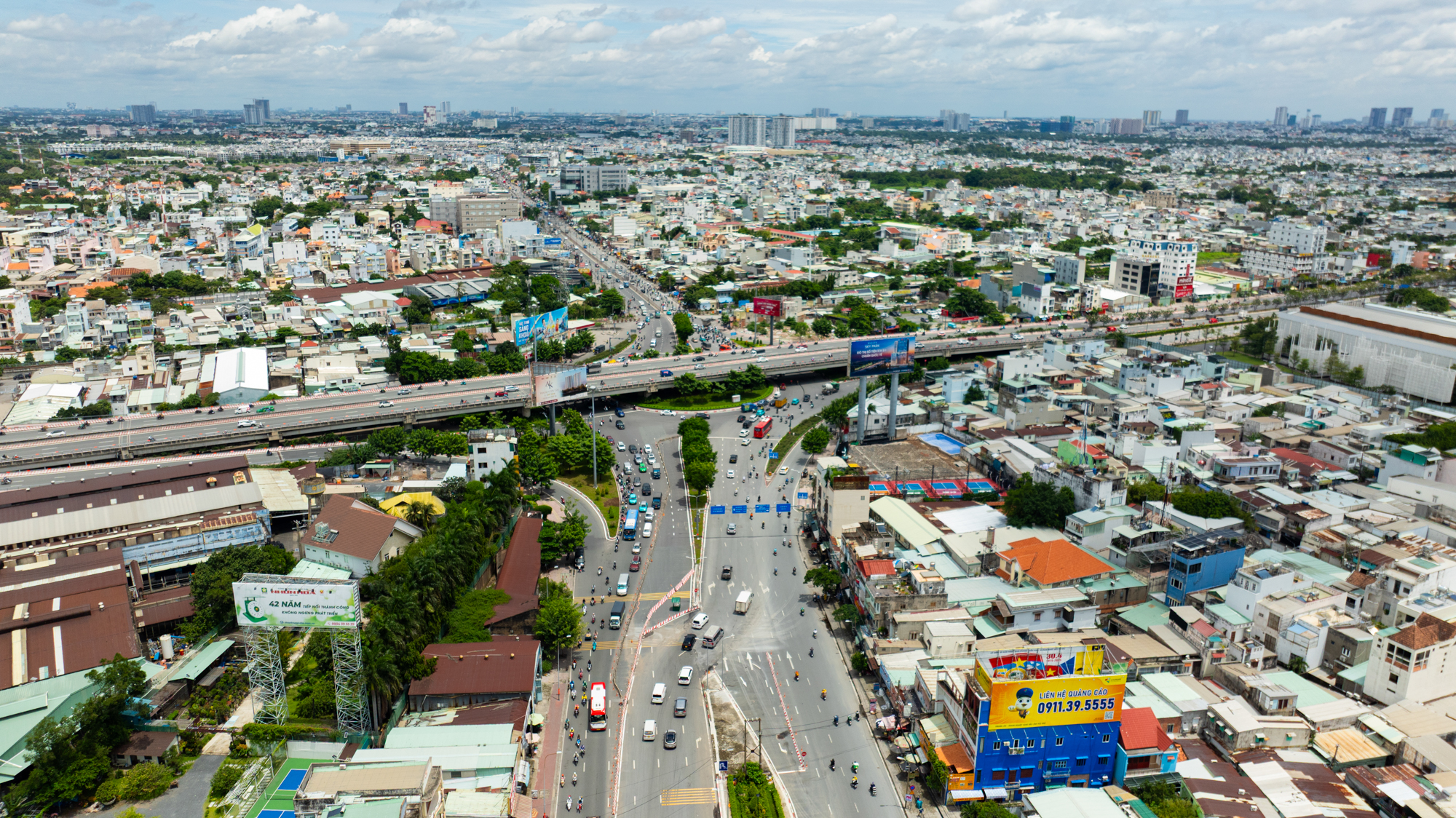
Land prices along the route have already surged. Projects like Van Phuc City and Urban Green now list at 60-68 million VND/m², The Morning Star at 35-42 million VND/m², and Sunview Town at 32-36 million VND/m².
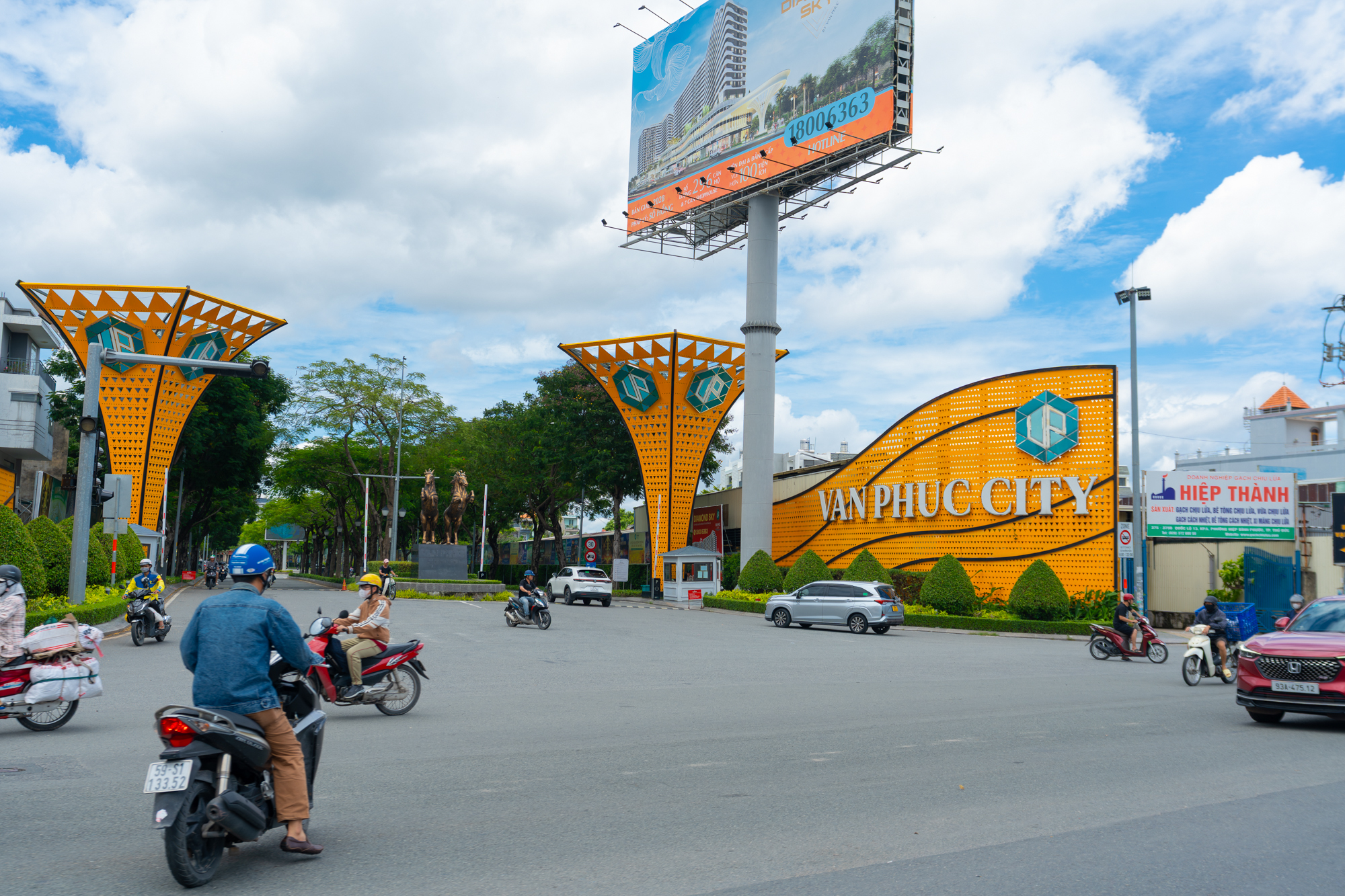
These advancements underscore HCMC’s commitment to sustainable urban growth, ensuring that both infrastructure and real estate sectors thrive in tandem.
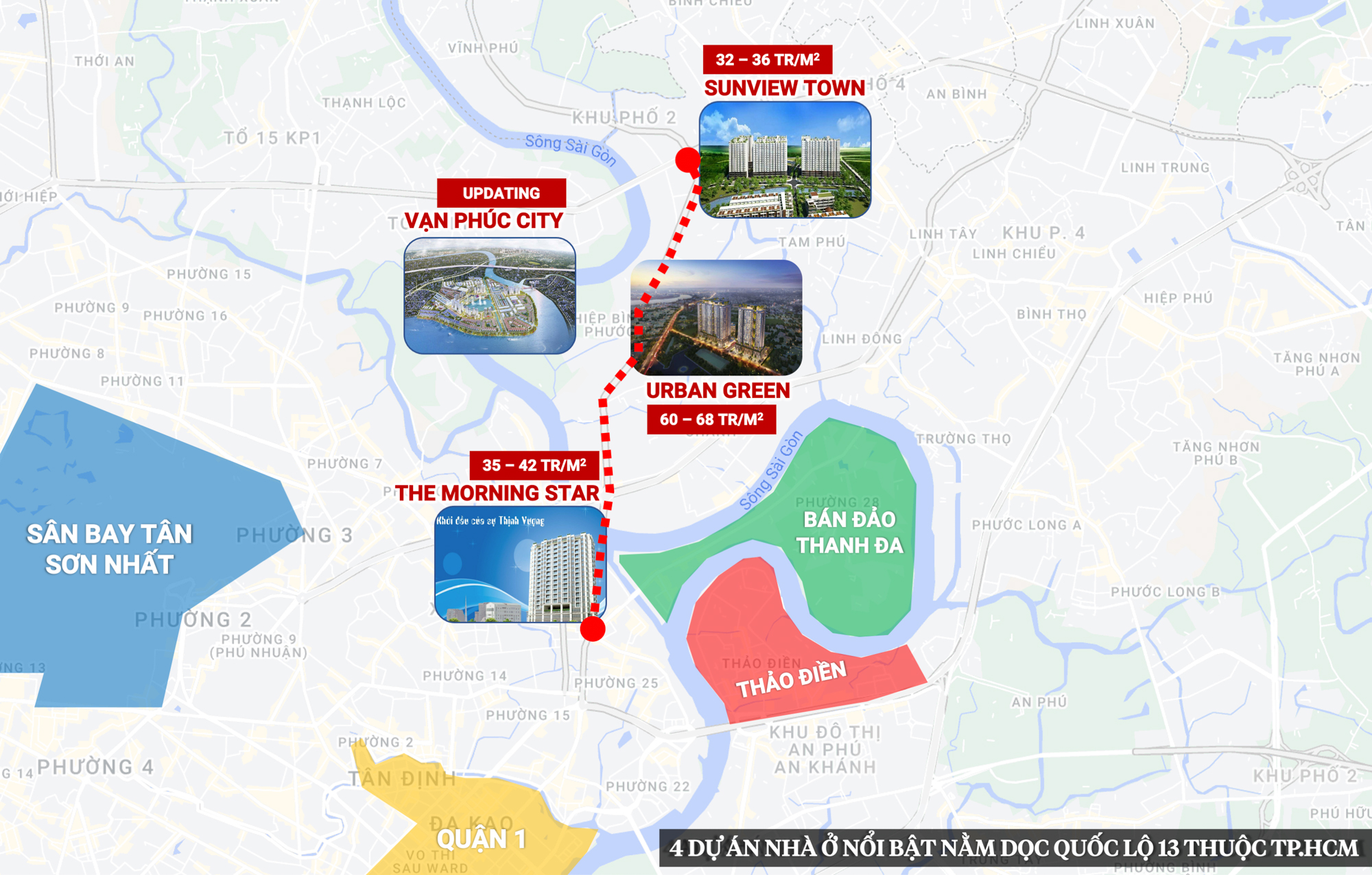
As connectivity improves, the northeastern region is set to emerge as a vibrant hub, attracting investment and enhancing quality of life for residents.
The Chairman of Thu Dau Mot City on the Handover of the Site for a Key Project
“Efficient Land Acquisition and Compensation: Leading the Way in National Projects and Beyond.
The city of Thu Dau Mot in Binh Duong is committed to efficient land acquisition and compensation processes for key national projects. This determination extends to initiatives beyond the province, ensuring a seamless and effective approach to project development.”


























